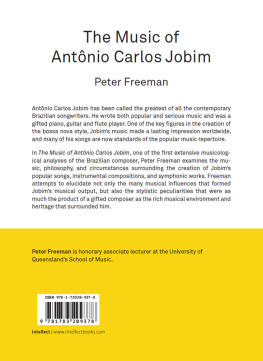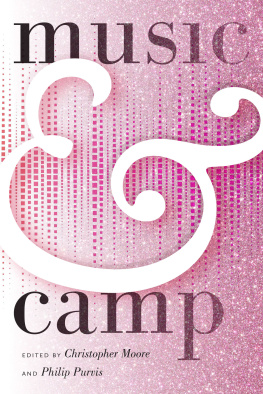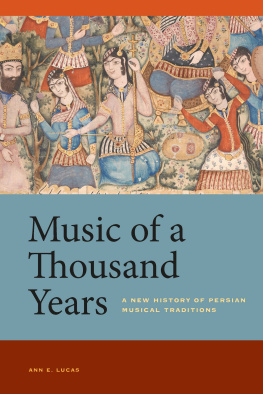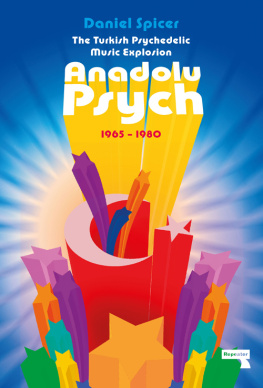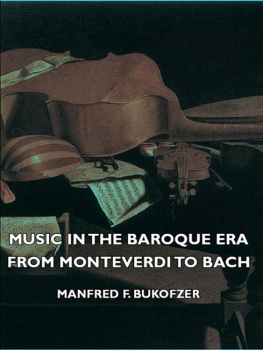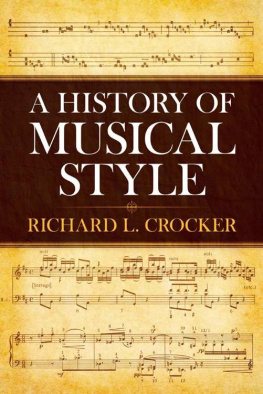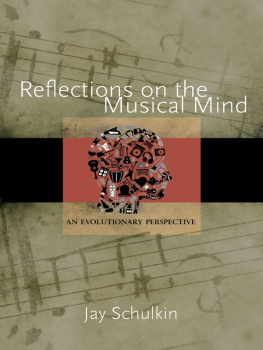ALATURKA: STYLE IN TURKISH MUSIC (19231938)
To Meral Seluk
Alaturka: Style in Turkish Music (19231938)
JOHN MORGAN OCONNELL
Cardiff University, UK

First published 2013 by Ashgate Publishing
Published 2016 by Routledge
2 Park Square, Milton Park, Abingdon, Oxon OX14 4RN
711 Third Avenue, New York, NY 10017, USA
Routledge is an imprint of the Taylor & Francis Group, an informa business
Copyright 2013 John Morgan O'Connell
All rights reserved. No part of this book may be reprinted or reproduced or utilised in any form or by any electronic, mechanical, or other means, now known or hereafter invented, including photocopying and recording, or in any information storage or retrieval system, without permission in writing from the publishers.
John Morgan OConnell has asserted his right under the Copyright, Designs and Patents Act, 1988, to be identified as the author of this work.
Notice:
Product or corporate names may be trademarks or registered trademarks, and are used only for identification and explanation without intent to infringe.
British Library Cataloguing in Publication Data
A catalogue record for this book is available from the British Library
The Library of Congress has cataloged the printed edition as follows:
OConnell, John Morgan.
Alaturka : Style in Turkish Music (19231938) / by John Morgan OConnell.
pages cm. (SOAS musicology series)
Includes bibliographical references and index.
ISBN 978-1-4094-4741-2 (hardcover) ISBN 978-1-4094-4742-9 (ebook) ISBN 978-1-4094-7307-7 (epub) 1. MusicTurkey20th centuryHistory and criticism. 2. Style, Musical. 3. Seluk, Mnir Nurettin, 1899-1981. I. Title.
ML345.T85O36 2013
780.9561dc23
2013002720
ISBN 9781409447412 (hbk)
ISBN 9781315566528 (ebk)
Contents
List of Figures
List of Tables
List of Examples
Conventions
The Turkish language has undergone a profound transformation since 1928, a transformation that has seen the language adopt a Latin rather than an Arabic alphabet. Since this has posed some problems with regard to consistency in academic sources, this book adopts a number of conventions that require explanation. Where not detailed, all technical terms and institutional names use modern Turkish spellings found in Redhouse (1999). When not applying Turkish equivalents, words in Arabic and Persian employ spellings found in Wehr (1979) and Haim (1984) respectively. For the sake of simplicity, the plural forms of all non-English terms are represented by appending the English suffix (-s). When a particular plural is featured in a direct quote, the original spelling is maintained. As is usual in publications concerning the Turkish Republic (see Shaw 1977, II: ix), the scientific transliteration of Ottoman terms is not provided.
The representation of names is problematic. One person could have many names or many people could have the same name. Accordingly, the Turkish form of all names is provided, especially after 1934 when surnames were obligatory. When not available, the usual name of an individual is provided. For the sake of clarity, the full name of each person is given in each chapter (both in the text and in the notes). Where more than one member of the same family is referenced, the full name of each person is usually presented; that is with one notable exception, members of the Seluk family. The spelling of particular names is also problematic. The consonants b and p (as in edib or edip); d and t (as in Nureddin or Nurettin); and m and n (as in tambur or tanbur) amongst others are often used interchangeably. Because of inconsistencies that followed language reform, the current (rather than the contemporary spelling) of an individual word or name is usually adopted.
The representation of dates is challenging. As the twentieth century witnessed a number of calendrical reforms, the current or Christian system (Mild) rather than the older or Islamic convention (Rumi) is always presented in this monograph. Even here, there is a disjuncture between the representation of individual dates (see also Mango 1999). The issue is most significant when ascertaining the birth date of individuals, especially males (see ).
The representation of music can sometimes be difficult. For the sake of consistency, all musical terms and musical symbols follow a convention set forth in ztuna (1990). Here, I provide both the western letter of and the Turkish name for individual notes where relevant. When not found in this publication, the spellings of certain words and individual names are referenced in Develliolu (1998), Redhouse (1990), Say (2002) and Szer (1986). For the most part, song texts and song titles follow a norm outlined in Akst (1983) and ngr (1980). However, these representations are not always authoritative. The problem is especially significant when reproducing concert programmes and record catalogues which contain mistakes with respect to title and text. Where possible, I have attempted to duplicate these sources as they were published, being aware that they may represent a distinctive form of musical conceptualization and musical provenance, especially with respect to a contemporary understanding of genre and attribution. I also recognize that these publications are historical documents which need to be circulated in the public domain.
Where there are obvious mistakes, I have highlighted these in parentheses, [ ]. Where terms are contested (such as east) or problematic (such as classical), they are represented with inverted commas. Further, I have not presented a gloss for well-known musical instruments in Turkish classical music. These include the long-necked lute called tanbur, the short-necked lute called ud, the pear-shaped fiddle called kemene, the trapezoidal plucked zither called kanun or the end-blown reed flute called ney. Standard definitions of these instruments can be found in encyclopaedias (such as The Garland Encyclopedia of World Music, Volume 6: The Middle East [2002:10771095]). Since they are also available in similar sources, I have not attempted to provide a complete definition of well-known musical terms (such as makam), musical genres (such as beste) or musical forms (such as fasl). To avoid confusion, I do include an explanatory note on the definition of particular terms as they are understood by specific artists or as they are represented in certain publications.
Preface
When does the present become the past? Where does the west meet the east? In these questions of time and space, music can play a critical role. This is especially so in Turkey during the early-Republican period (19231938) when music marked sonically the transition between a regressive empire and a progressive republic. Then, an eastern style of music called alaturka was superseded by a western style of music called alafranga. Through the dual processes of modernization and westernization, music played its part in forging a new boundary between modernity and tradition, between the occident and the orient. Yet, how was this achieved? Music revealed a range of subject positions, especially in musical discourse where different individuals employed the same vocabulary of polarized terms to assert distinctive perspectives. One persons past was another persons present. Someones west was someone elses east. The issue was complicated by those who sought to modernize tradition and by others who attempted to westernize the east.
Music provides a unique platform for understanding complex notions of the then and the now. On the one hand, historical publications in Turkey usually provide a singular reading of the recent past. According to these sources, music was modernized and westernized to suit the ideological interests of a republican lite. On the other hand, ethnographic accounts in Turkey often present a more fragmented interpretation of the same past. According to these narratives, some musics are viewed as a continuation of tradition and as a perpetuation of an eastern register in a western state. In the borderland between history and ethnography, different histories seem to emerge, a literate version that is fixed in writing, an oral version that is fragmented in speech. This divergence in Turkish historiography is replicated in Turkish musicology. In written sources, authoritative editions of history are emulated in canonical anthologies of music. In oral sources, disparate reconstructions of history are reflected in distinctive renditions of music.
Next page



